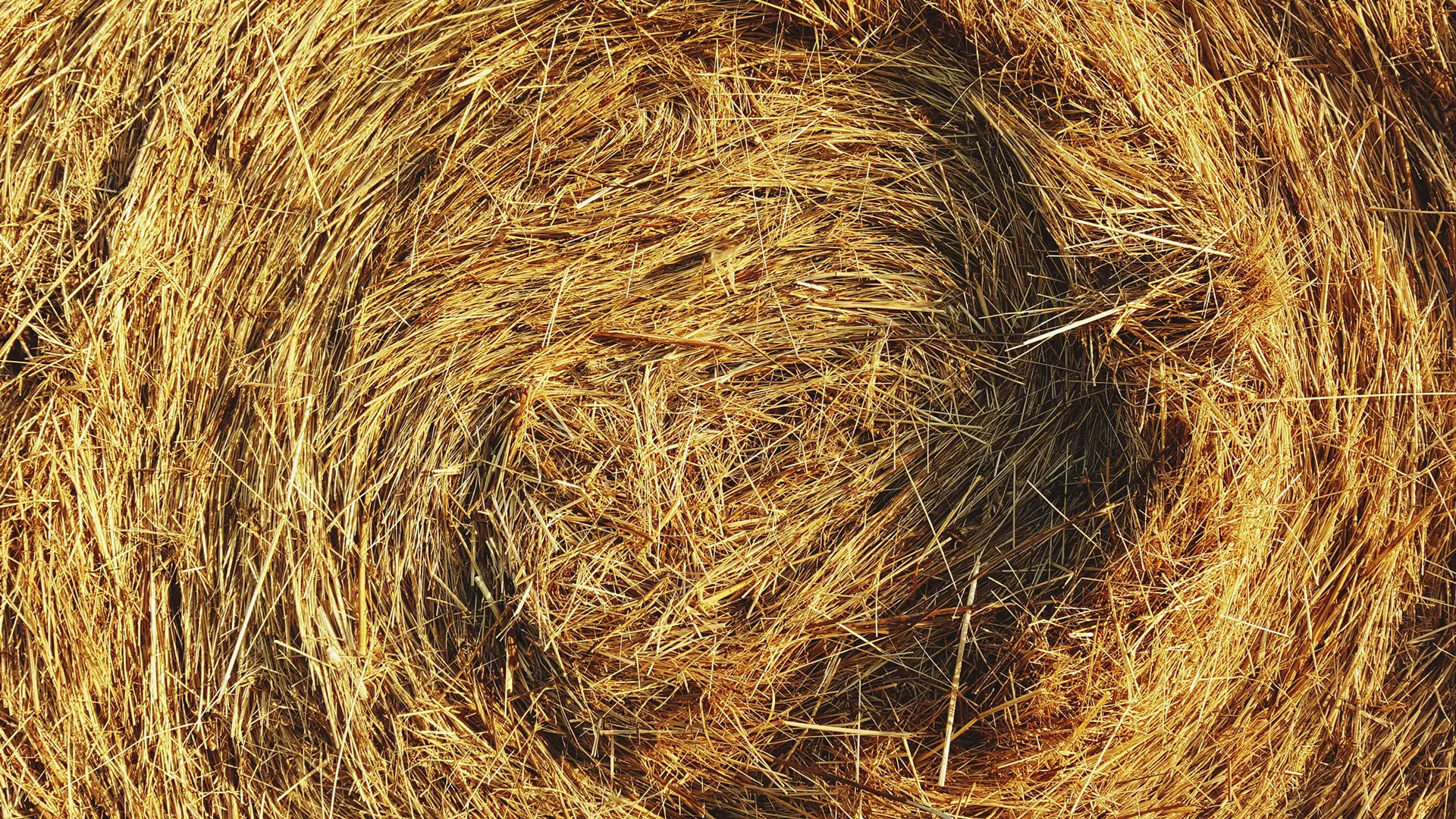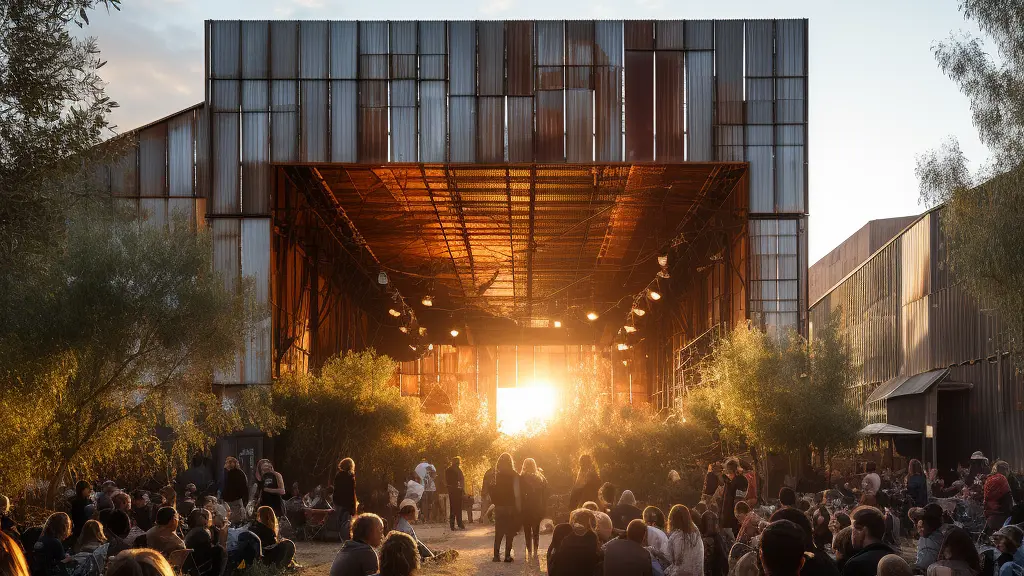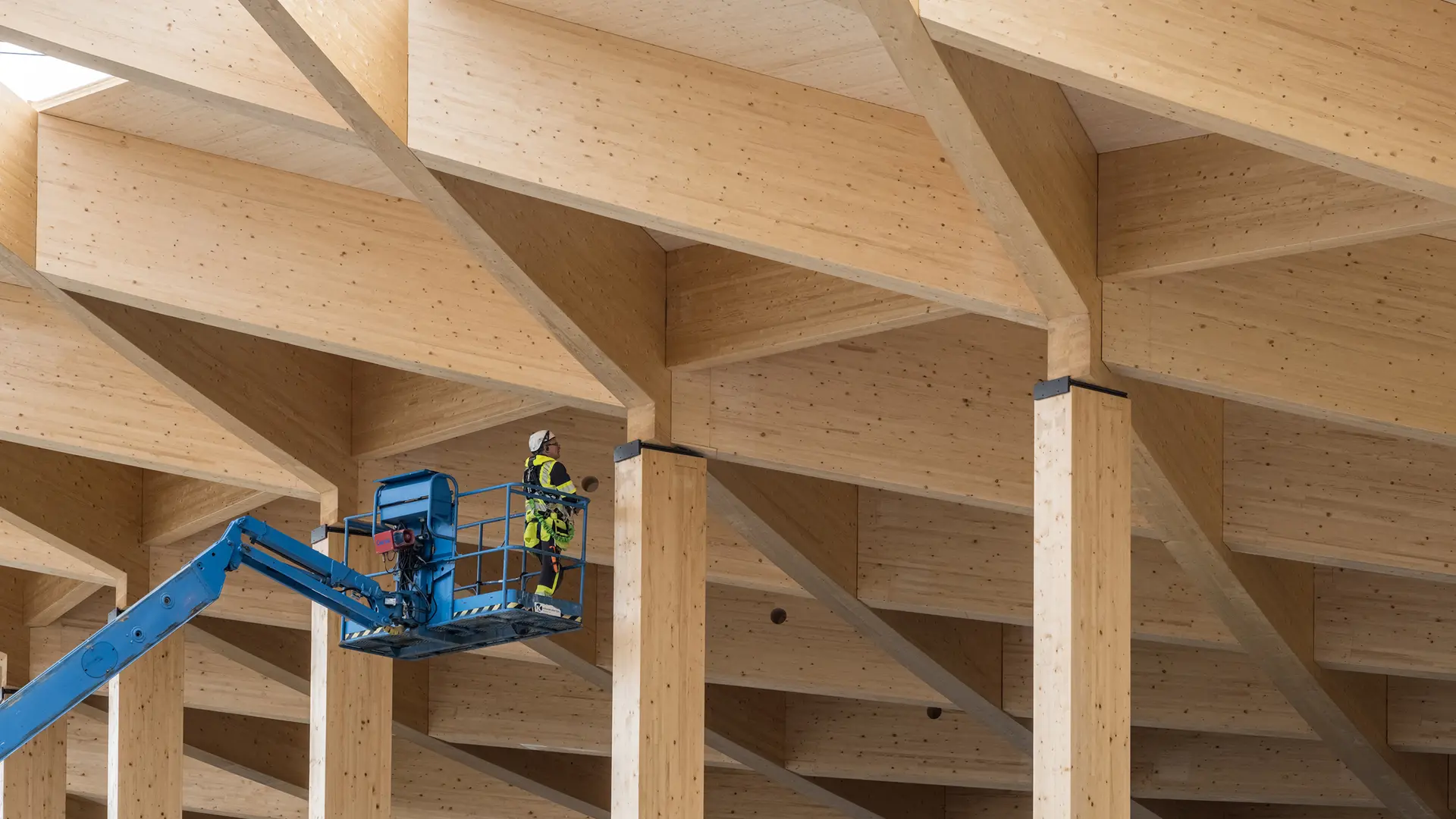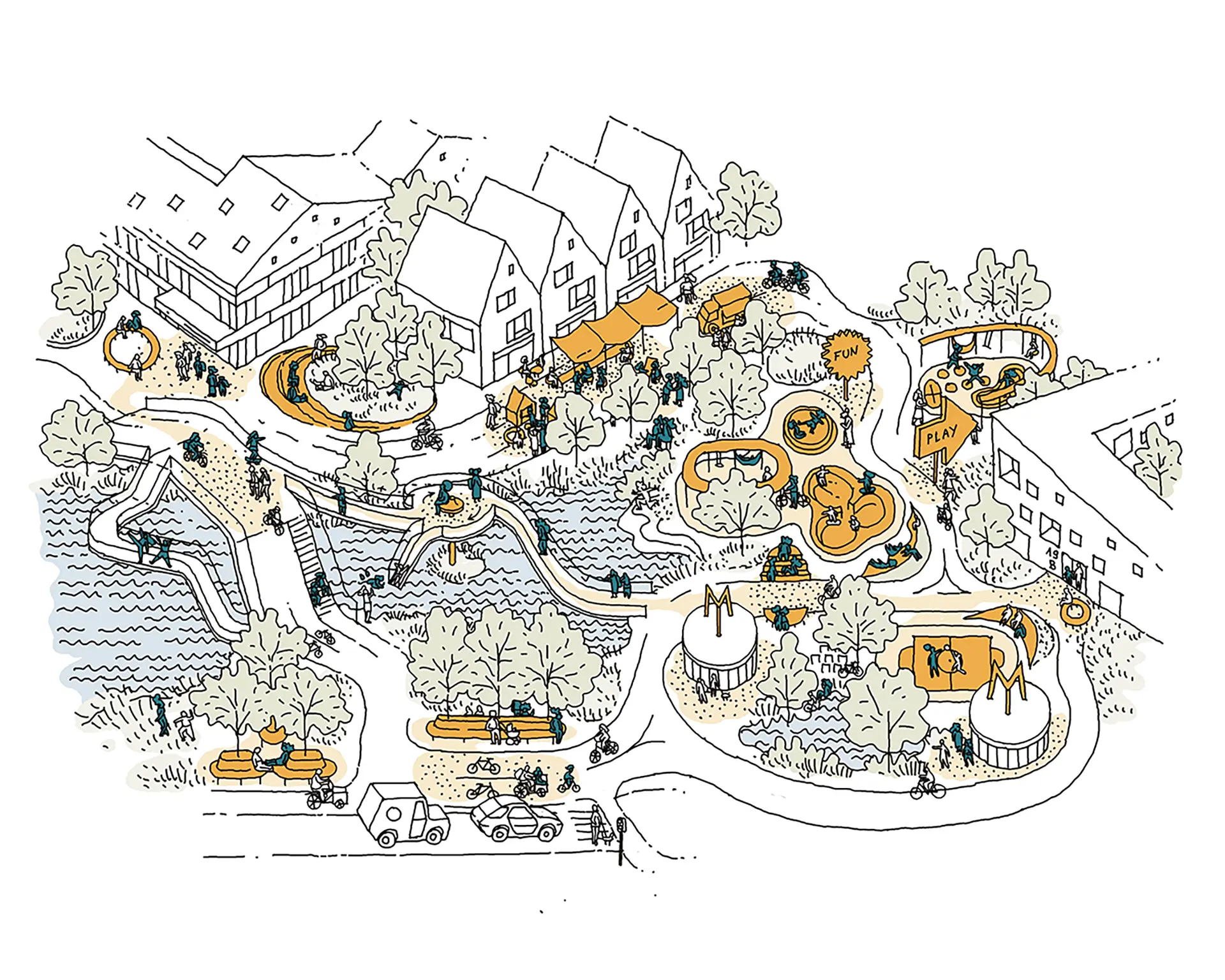Q&A: Making straw a mainstream building material

Straw is about to take its first steps into the commercial building industry. It is happening at a time where the industry and the political system have realized that we need to re-establish what we perceive and use as building materials. Partner Signe Kongebro tells about our experience with using straw as a building material.
It is a new thing for us to use straw as part of the building material. How does changing the composition of materials contribute to more sustainable buildings?
The production of traditional building materials accounts for around 10-15% of the total energy-related carbon dioxide (CO2) emissions in the world. According to the policy institute Concito, this number is much higher when elements such as transportation and the building processes are taken into account. The selection of materials is one of the areas we as a responsible industry look to build more sustainably. This requires that we take a stand on the use of resources.
At the moment, we are working on a small school extension of 270 m², and the plan is to build the walls in straw. How come straw is the ideal product for this project?
There are several strategies towards more sustainable buildings, and using an organic material is one of those strategies. Within this specific project, it became possible to use straw due to the invention of a straw product that can replace other conventional façade systems almost 1:1. This means that the construction methods and processes in this project are very similar to the existing ones, with the only difference being the material used. Straw has also received the necessary certifications, which is also very essential.
Are you aiming to employ straw in larger building projects?
The starting point for us at the moment is to collect knowledge and obtain experience with straw as an organic building product. For now, straw is not a conventional product, which is why we mainly work with the material in smaller projects such as single-family-houses. However, in theory, it would be very possible to use straw in much larger projects.
Taking the MgO case into account, do you consider any advantages or challenges by bringing a new product into the building industry?
Straw is used in several countries around Europe, and there is a lot of knowledge and test results about how to use the product within the industry. It makes us proud that we are able to collect new knowledge and experience with alternative building materials in an industry where change is demanded - in order to minimize the large emissions of CO2.
How can we be sure that straw is a durable building material?
So far, we are not aware of all the advantages and disadvantages, which is why we are working on collecting as much knowledge and experience with the product. But straw is already a well-tested product, just like other building materials that we use. As such, straw does not cause more challenges than other materials or solutions that we have not seen yet or used before. The building industry can be conservative, and the implementation of new materials can cause some concerns. This matter is both about responsibility and economy, which we are aware of. It is essential to us that we test and collect knowledge on how organic materials can be implemented in the most efficient and secure ways.



